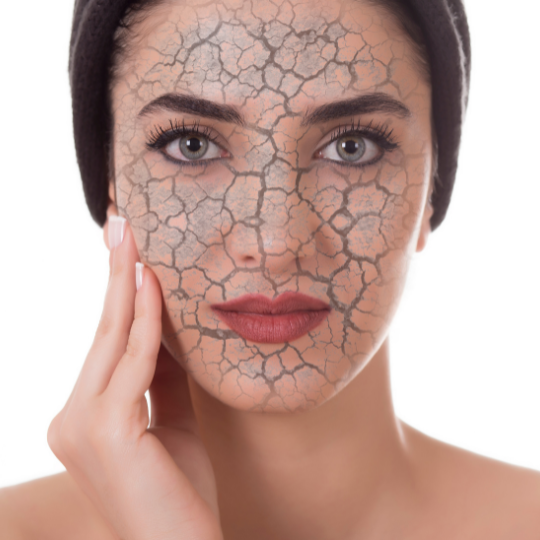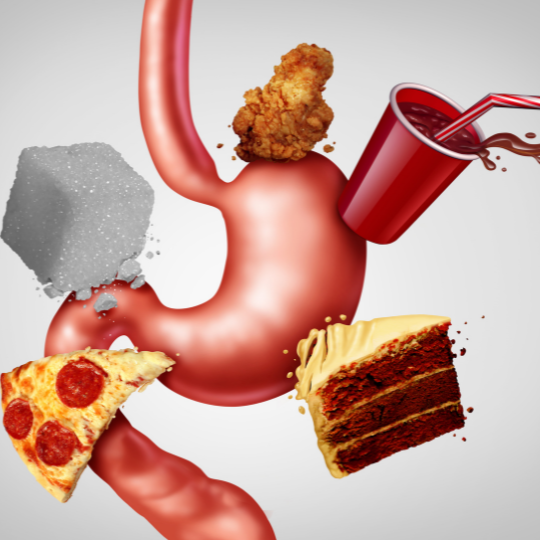Definition and mechanism
The conjugation (binding) of toxins and waste products with glucuronic acid takes place during the phase 2 liver detoxification process known as glucuronidation. This aids in the body’s removal of nitrosamines, heterocyclic amines, polycyclic aromatic hydrocarbons, benzenes, bisphenol A, mycotoxins, some drugs, such as aspirin and NSAIDs, or other xenobiotics.
Detox primer: The liver is the primary organ responsible for detoxification in the body, and it does so through a series of interconnected processes known as phase 1 and phase 2 detoxification. Phase 1 detoxification involves the oxidation, reduction, and hydrolysis of toxins and waste products, while phase 2 detoxification involves the conjugation of these substances with other molecules.
Glucuronidation is an important phase 2 detoxification process as it helps the body eliminate a wide range of harmful toxic substances. These toxins can come from a variety of sources, including environmental pollutants, medications, and byproducts of metabolism.
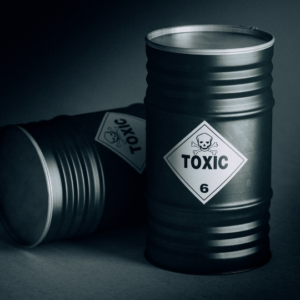
In the process of glucuronidation, enzymes known as UDP-glucuronosyltransferases (UGTs) combine the sugar molecule glucuronic acid with waste products and toxins. Because the resulting conjugated molecules are more water-soluble, the body may eliminate them more quickly through bile or urine.
A few examples
One of the toxins that can be eliminated through glucuronidation is bisphenol A (BPA), a chemical found in certain plastics and resins that has been linked to a number of health concerns. BPA is known to disrupt the endocrine system, which can lead to a range of negative health effects, including reproductive problems and an increased risk of cancer.
Benzene is another dangerous molecule that can be removed through glucuronidation. It is a highly hazardous compound that is present in tobacco smoke, gasoline, and other items. In addition to being known to cause cancer, benzene has also been associated to a number of other illnesses, such as leukemia and anemia.
Finally, mycotoxins are another type of toxin that can be eliminated through glucuronidation. Mycotoxins are substances made by fungi that are present in many foods, such as cereals, nuts, and spices. They have been related to a multitude of harmful health outcomes, including neurotoxicity, immune system issues, and even cancer.
Here is a diagram of the glucuronidation process:
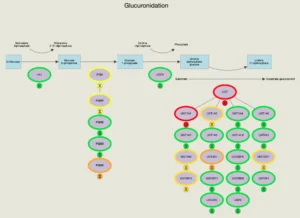
Tweaking glucuronidation genetic fitness
There are several genetic predispositions, or single nucleotide polymorphisms (SNPs), in enzymes such as UDP-glucuronosyltransferases (UGTs) and PGM (phosphoglucomutase, that can affect phase 2 glucuronidation detox:
- People who carry specific SNPs in the UGT1A1 gene, including rs6742078, would be less able to use glucuronidation to detoxify high bilirubin levels. This may raise your risk of developing certain illnesses, such as cancer and liver damage
- Similar to this, SNPs in the PGM1 gene, like rs587777405, may result in an impaired metabolism for carbs. Numerous health issues, such as diabetes and cardiovascular disease, may result from this.
Adding specific supplements, such as calcium D-glucarate and indole-3-carbinol (I3C), to a healthy lifestyle and nutrition regimen, has been shown to support healthy phase 2 glucuronidation:
- Calcium D-glucarate is a natural compound found in a variety of fruits and vegetables, including apples, grapes, and broccoli. It has been demonstrated that by blocking the enzyme beta-glucuronidase, Calcium D-glucarate can aid in the detoxification process
- Glucosinolates, which the enzyme myrosinase converts to isothiocyanates, such as indole-3-carbinol (I3C), are abundant in brassica plants like broccoli, cauliflower, and cabbage. It has been demonstrated that isothiocyanates help the detoxification process by activating phase 2 enzymes such UGTs.
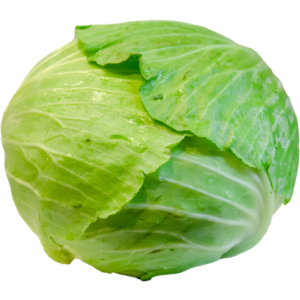
Do you want to learn more about the most appropriate supplements and practices you need to consider based on your genetic make up? Our genetic and metabolic optimization approach takes you through a detox journey that also covers glucuronidation. Come talk to us!
